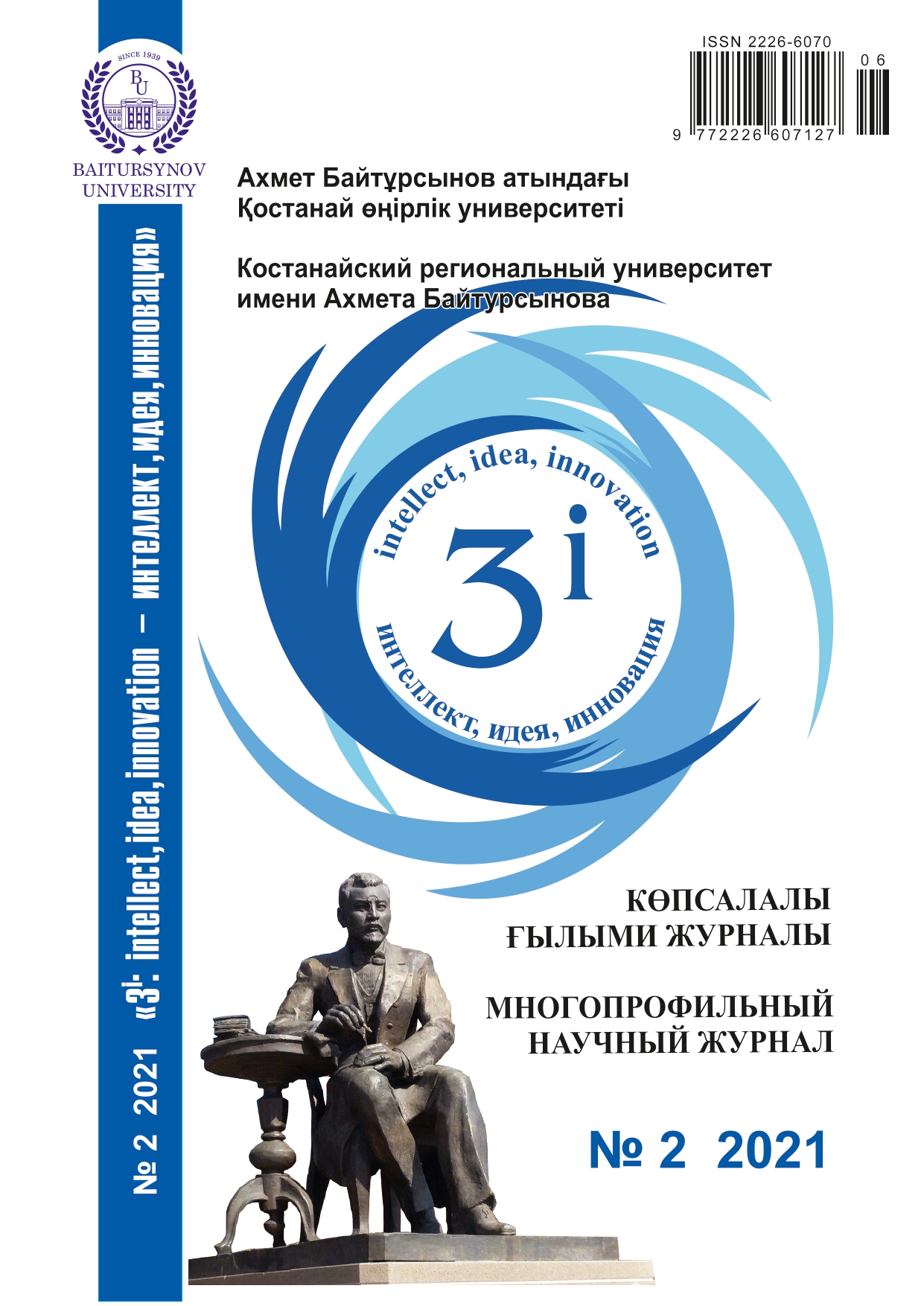Molecular-genetic study of the agent of brucellosis circulating in the territory of RK
Keywords:
brucella, identification, polymerase chain reaction, fragment analysis, genotypingAbstract
This article presents the results of molecular genetic studies of cattle and small ruminants with
brucellosis disease. For the detection and identification of brucella, laboratory confirmation of the diagnosis
of brucellosis in small ruminants, a molecular genetic research method - polymerase chain reaction (PCR) –
was used. An examination of the pathological material of aborted sheep fetuses was carried out in order to
isolate the causative agent of brucellosis; identification of the isolated cultures to the genus Brucella spp was
carried out by PCR; Then, by PCR, the isolated Brucella cultures were differentiated to the species Brucella
melitensis. With the help of the polymerase chain reaction, the species of all 3 tested field isolates of brucella
– B. melitensis – was established. To assess the genetic diversity of circulating Brucella strains in
Kazakhstan, isolated from animals from the West Kazakhstan region, MLVA-16 locus analysis of variable
numbers of tandem repeats was used. 7 strains of B. abortus were isolated from cattle, these strains are
grouped into 2 genotypes and are genetically different from the strains circulating in Kazakhstan. B.
melitensis isolates were isolated from 2 sheep, showed the 3rd genotype, which is genetically similar to the
genotypes common in the southern regions of Kazakhstan.




